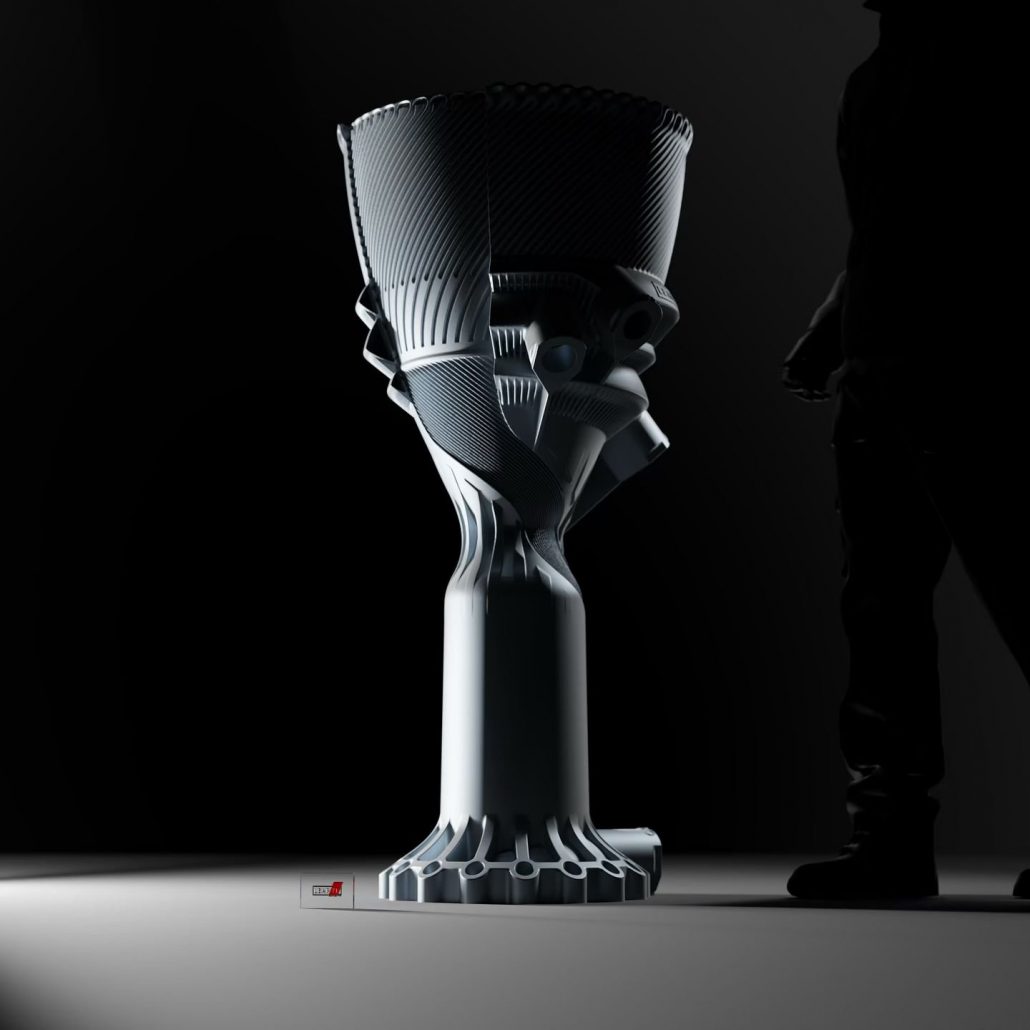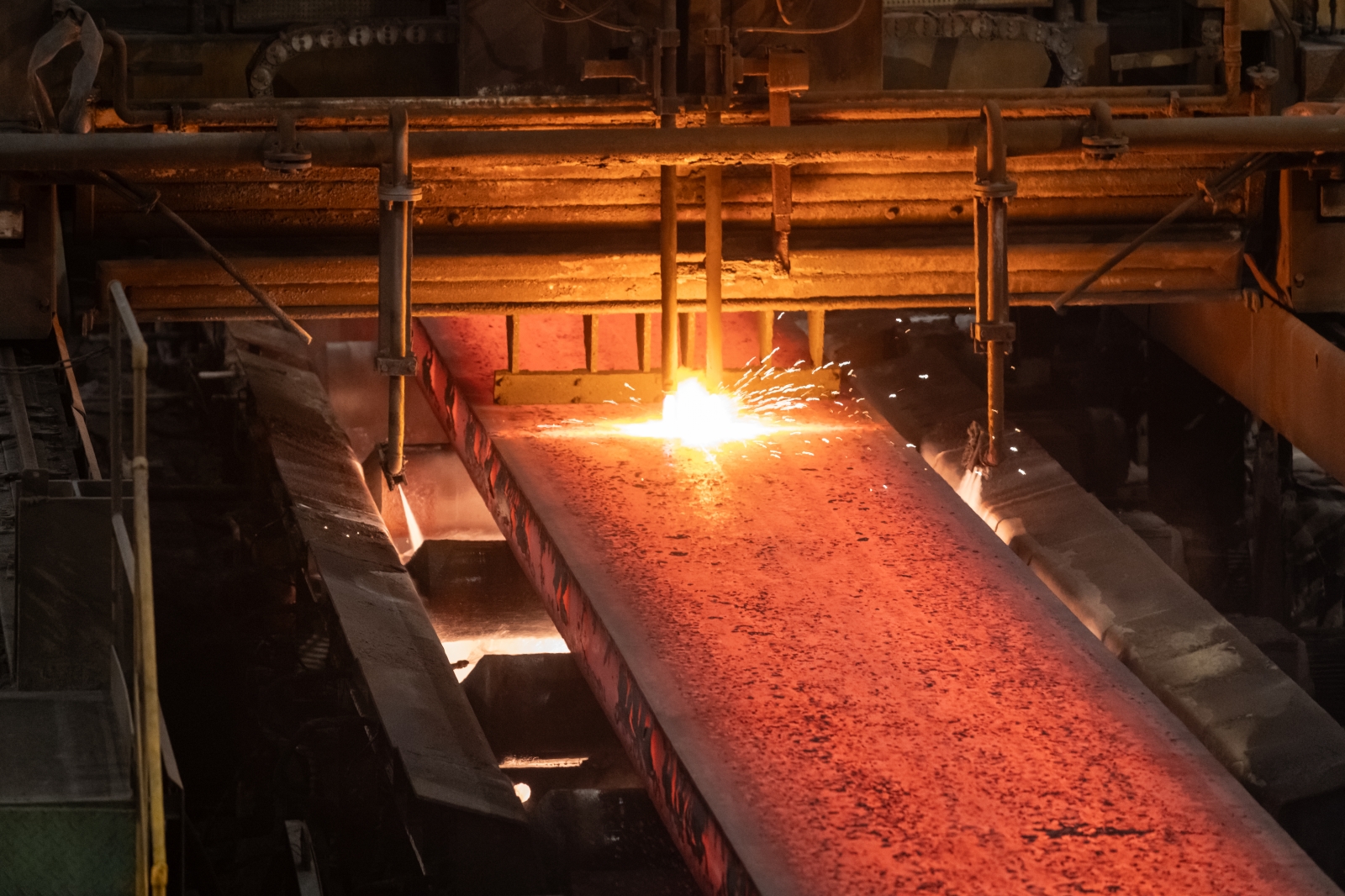
Leap 71 Revolutionizes Aerospace Technology with 3D-Printed Rocket Engines
At Formnext 2024, Leap 71, a leading computational engineering firm, unveiled two groundbreaking 3D-printed rocket engines in collaboration with EPlus3D and Aconity3D. These engines, among the largest of their kind, set a new benchmark in aerospace technology. Leap 71 utilized its proprietary Noyron Large Computational Engineering Model to create engines that push the boundaries of size, performance, and material science.
EPlus3D Breaks Records with the Largest 3D-Printed Rocket Thruster
EPlus3D showcased the world’s largest single-piece 3D-printed rocket thruster at Formnext 2024. Standing at 1.3 meters tall, this engine was produced using the EP650-1600 metal powder bed fusion system. It represents a 40-fold improvement over the TKL-5 thruster. The engine features a dual cooling system combining cryogenic liquid oxygen for regenerative cooling and kerosene for nozzle cooling. It took 354 hours to print and weighs 43.5 kg, setting a new record in 3D printing and aerospace engineering.
Aconity3D’s Innovative Copper Aerospike Engine
In addition to the EPlus3D thruster, Leap 71, in collaboration with Aconity3D, unveiled a 5kN aerospike rocket engine. This engine is constructed from CuCrZr copper, selected for its exceptional thermal conductivity. The unique aerospike design, featuring a central spike and toroidal combustion chamber, optimizes cooling through the use of cryogenic liquid oxygen and kerosene. Furthermore, Aconity3D’s optimized printing process required no post-processing, highlighting the efficiency of their approach. Notably, the team will display the engine at Formnext, where it will showcase the latest advancements in rocket engine technology.
Future Test Firing and Advancements in Space Propulsion
Both the EPlus3D thruster and Aconity3D aerospike engine are poised for additional testing. Leap 71 intends to integrate sensors and propellant feeds before conducting test fires on the aerospike engine. As a result, this testing will refine its performance and improve its capabilities. Ultimately, these innovations represent a significant leap in space propulsion, as additive manufacturing continues to foster more efficient, cost-effective, and powerful propulsion systems.











Leave a Reply
You must be logged in to post a comment.